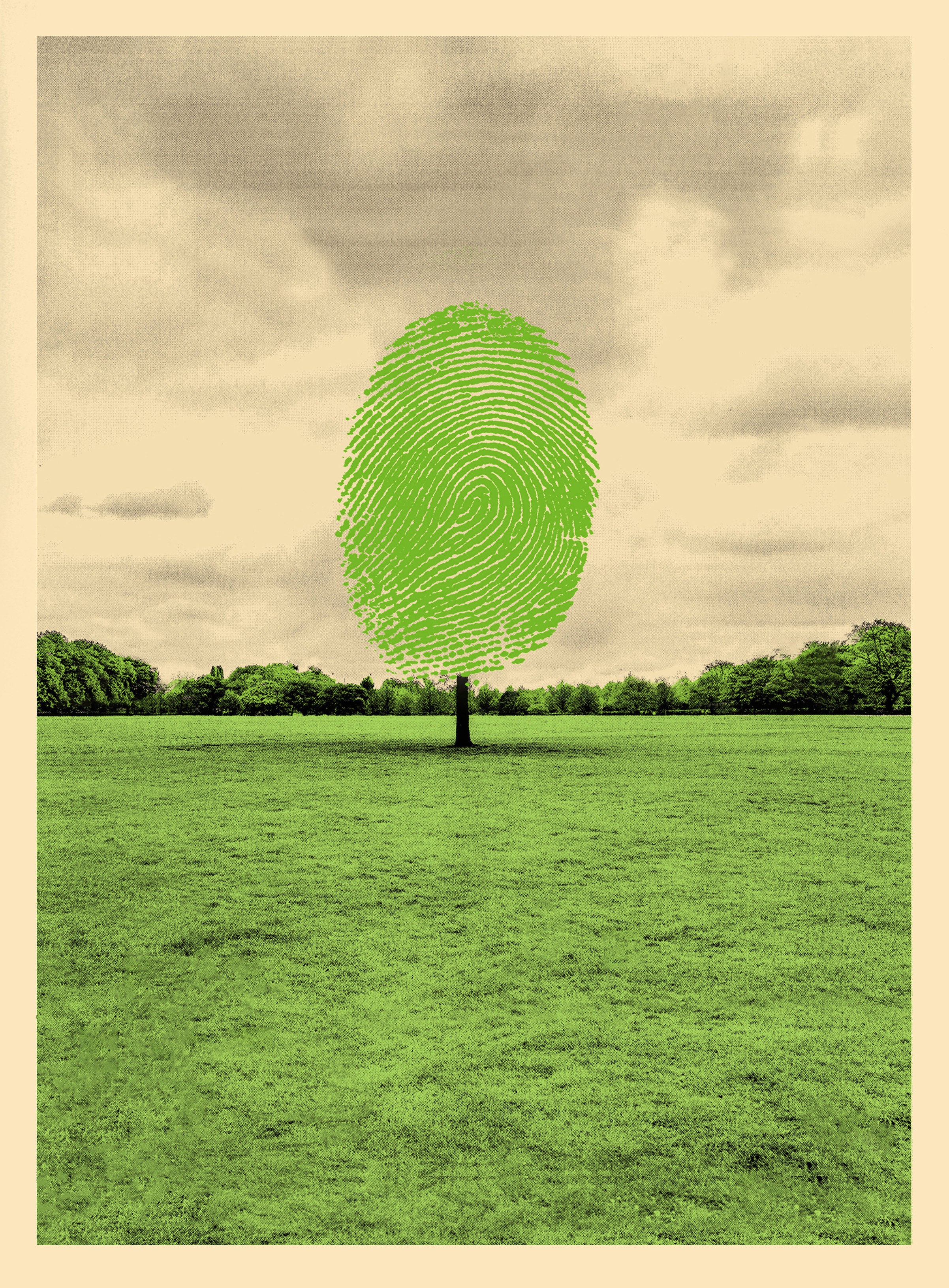If we want to forestall the worst of climate change, we need innovation not just in tech but in law, the rule sets that guide our behavior.
This article by Clive Thompson was published in Wired magazine on December 17, 2019.
In the summer of 2014, Markie Miller discovered she’d been drinking toxic coffee. Miller lives in Toledo, Ohio, where fertilizer runoff from farms had caused blooms of toxic cyanobacteria in Lake Erie, her water supply. The city issued an alert at 2 am, but by the time Miller saw it she’d already been sipping her morning java. “I’m like, shit, what did I just expose myself to?” she says.
The warning not to drink or wash in the tap water lasted for two days, but the anger did not subside quickly. Miller started meeting with other residents to figure out how to protect their water. But what to do? There aren’t great options for individual citizens to take legal action when a lake has been wrecked.
You could sue a polluter (for polluting) or a government agency (for neglecting its regulatory duties), but even if you won, the damages would be too small to be a deterrent. You could assemble a class action suit of hurt residents, but that’s a ponderous and uncertain process. The real and wretched problem, of course, was that the lake itself was polluted—and individuals can’t sue over that. In the eyes of the law, they don’t have “standing.”
That’s when one activist raised an idea: What if the lake itself had standing? What if the citizens of Toledo passed a law giving it legal rights?
(To read the rest of this article at its original source please click HERE.)

